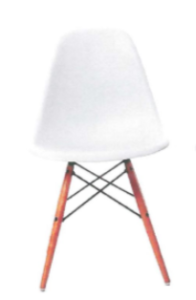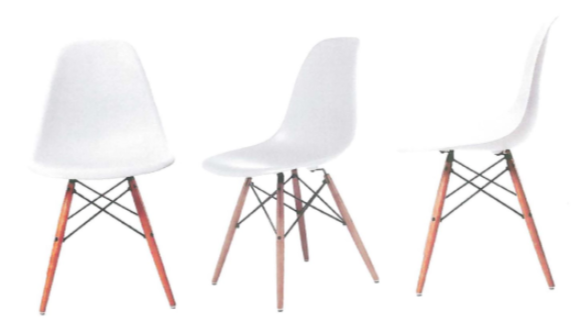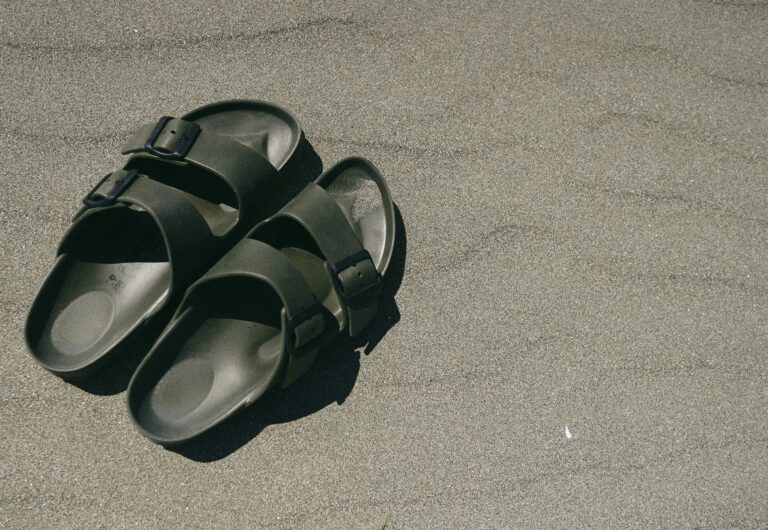The CJEU recently answered the preliminary questions raised by the Supreme Court of the Netherlands regarding the applicability of the substantive reciprocity test of Article 2(7) Berne Convention (“BC”). The CJEU held that provisions of the Copyright Directive (“CD”) and the Charter preclude Member States from applying the reciprocity test in national law to a work of applied art whose country of origin is a third country. In this blog, you can read more about the CJEU’s considerations and what preceded them.
What preceded it?
The copyright protection of works of applied art has traditionally been subject to different views. Some countries protect these works only through design rights, while others (such as the Netherlands) consider cumulation with copyright possible. When the BC was created, its member countries were unable to agree on which protection regime would apply to works of applied art, as a result of which the reciprocity test of Article 2(7) BC was created. In brief, that article provides that if a work of applied art is only entitled to design protection in its country of origin, it may also only be entitled to design protection in the country where protection is sought (the requested country); not copyright protected there, not copyright protected here is the idea.
In the present case, Swiss company Vitra Collections AG (“Vitra“) claims copyrights to a designer chair the “Dining Sidechair Wood” (“DSW“), originally designed by the American couple Charles and Ray Eames. Kwantum Netherlands BV and Kwantum Belgium BV (“Kwantum“) released a similar chair called “Paris”, which Vitra claims infringed its copyrights to the DSW. Images of both chairs are included below:

DSW – Vitra

Paris – Kwantum
In the United States, applied art has traditionally not been copyrighted. Although the district court in first instance ruled that Kwantum did not infringe any rights of Vitra, the Court of Appeal of The Hague ruled in Vitra’s favour, citing, among other things, a US Supreme Court ruling[1] from which it concludes that applied art in the United States would now more often be eligible for copyright protection.
Kwantum further appealed to the Dutch Supreme Court as it was of the opinion that the Court of Appeal of The Hague had misapplied the substantive reciprocity test of Article 2(7) BC. Vitra, on the other hand, argued that the reciprocity test did not apply to this dispute at all. The Supreme Court is further thrown into doubt by the RAAP judgment, in which the CJEU ruled that Article 52(1) Charter requires that a limitation on the right to protection of intellectual property enshrined in Article 17(2) Charter be laid down by law. Moreover, the Supreme Court infers from that judgment that it is solely for the EU legislator (and therefore not national legislators) to determine whether copyright in a work of applied art in the EU can be restricted by application of Article 2(7) BC in respect of a work of applied art originating from a third country whose author is not a national of an EU Member State. The Supreme Court points out that such a limitation is currently lacking in EU law and refers questions to the CJEU for a preliminary ruling.
What does the CJEU rule?
First of all, the CJEU notes that a situation such as the present one in which an undertaking claims copyright protection for an object of applied art marketed in a Member State falls within the material scope of EU law, provided that that object can be classified as a ‘work’ within the meaning of the CD. Citing previous case-law, the CJEU held that a utilitarian object such as the DSW becomes copyright protected once two cumulative conditions are met. The object in question must (i) be original in the sense that it is the creator’s own intellectual creation and (ii) only the parts that are the expression of such intellectual creation can qualify as a ‘work’ within the meaning of the CD.
Furthermore, the CJEU considers that the aim of the CD is to prevent significant differences in protection and, consequently, restrictions on the free movement of services and products embodying or based on intellectual property, which would lead to a refragmentation of the internal market and a lack of consistency in its legislation, whereas the CD pursues a high level of protection. This objective would be compromised if the CD harmonises copyright for EU works and/or authors only, while leaving it to the national law of the Member States to determine the legal regime applicable to applied arts works from third countries.
The CJEU finds that application of the reciprocity test in Article 2(7) BC undermines the CD’s objective of harmonising copyright in the internal market. Indeed, application of the reciprocity test could result in applied arts works from third countries being treated differently in different Member States. Moreover, Article 52(1) of the Charter requires that limitations to the right to protection of intellectual property enshrined in Article 17(2) of the Charter must be made by law, and a law of the Union legislature. Currently, the CD does not contain a limitation as set out in Article 2(7) BC. While it is true that the CD aims to harmonise only certain aspects of copyright law, the CJEU has already held that the exceptions listed in Article 5 CD are exhaustive, as otherwise the effectiveness of the harmonisation of copyright law brought about by the directive, the legal certainty sought and the requirement to apply those exceptions and limitations in a coherent manner would be compromised. Article 5 CD, in the current state of EU law, does not contain a limitation comparable to that of the substantive reciprocity test of Article 2(7) BC, the CJEU said.
The CJEU concludes that Article 351 TFEU does not allow a Member State to apply the reciprocity test of Article 2(7) BC to works whose country of origin is the United States, in derogation of Union law. This highlights the primacy of Union law over international agreements such as the BC in cases where there could be a conflict. Member States cannot depart from Union law by applying international provisions that conflict with EU law.
Conclusion
Thus, Member States are not allowed to apply the reciprocity test from Article 2(7) BC. The ruling thus has far-reaching consequences for the copyright protection of applied arts in the EU. Member States must henceforth comply with the protection afforded by Union law, regardless of the origin of the work or the author, provided the European copyright protection threshold is met.
[1] Star Athletica v. Varsity Brands, 137 S. Ct. 1002 (2017).



